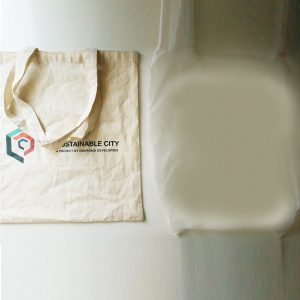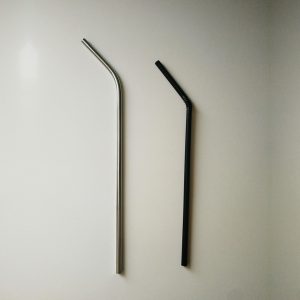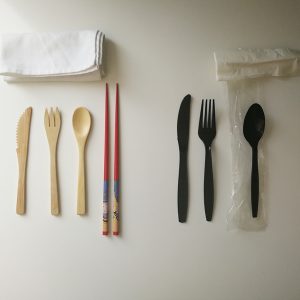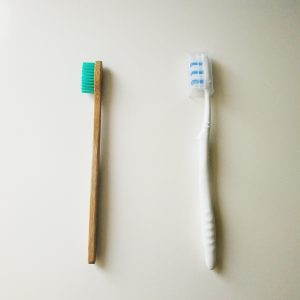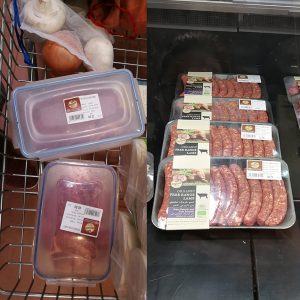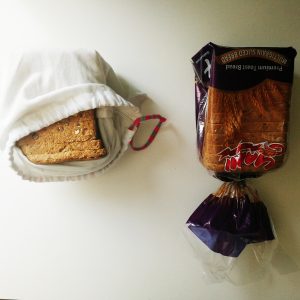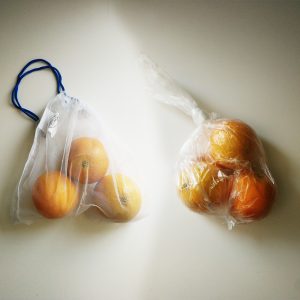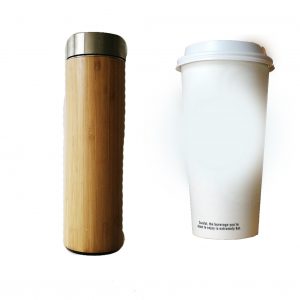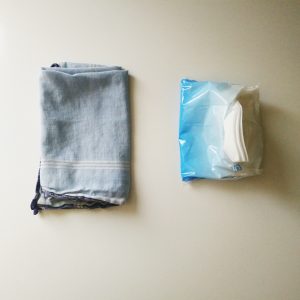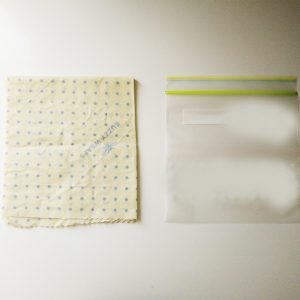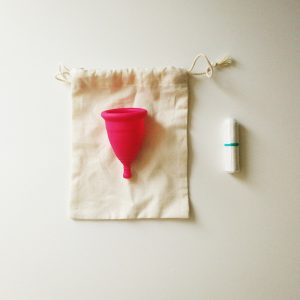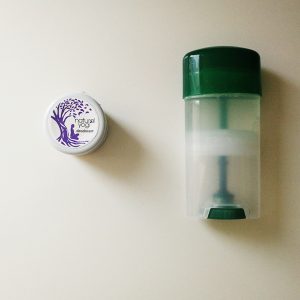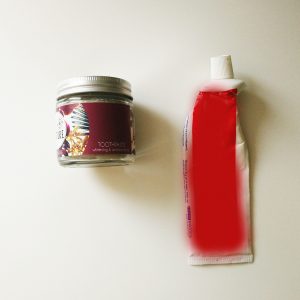Tag, I am it! #BeatPlasticPollution

Tag, I am it! This seems to have been appearing a lot lately on a lot of my feeds. I have to say this is something that excites me. Tag, I am it, is all part of a global game, #BeatPlasticPollution for world environmental day.
It was about four years ago that I cleaned out our single used coffee pods into the bin. The beautiful colours just caught my eye and for the first time I asked myself is there nothing else that I can do with these capsules, other than throwing it in the bin or taking it to the store to get recycled. (That is if I remember to bring the bag with me.)
I took them out of the bin and set them aside. After a few months of collecting capsules and cleaning them, I started experimenting with different shapes that I can make from them. 913 capsules later and the very first coffee addiction lamp was created. Since then I began exploring with other materials and tried to find ways how I could incorporate that into my art. As I started collecting materials, I was shocked at how quickly I gathered a large amount just from our usage.
I started evaluating our waste and found the items that we used most of that would be the easiest to replace with a reusable alternative.
Since then I replaced twelve single-use plastic packagings, and I would like to share these with you.
Listed below are the single-use plastic items that I have given up:
1. Single-use plastic bags switched to reusable bags.
This was one of the first things that I gave up on my eco-journey. After doing more research I found out that the average family accumulates around 60 plastic bags in only four grocery trips. 30 billion plastic bags are used annually in the USA alone. Therefore by investing in a good reusable bag, you could prevent your family from using hundreds of bags per year. These plastic bags are also not very easy to recycle as they are very light they can clog expensive machinery.
2. Single-Use Plastic water bottles switched to a reusable water bottle.
Our household used to purchase so many 1.5l water bottles for daily use. These single-use bottles take twice as much water to produce than it holds and less than 10% of these bottles are recycled. The rest of the bottles end up in our oceans or landfills. Other than the bottles polluting the environment it is also polluting the water it holds. Studies have shown that 93% of bottled water contains double the amount of microplastics than regular tap water. As our tap water had a yellow colour to it, I was very hesitant to drink it at first. After getting some advice, I had a water filter installed, and since then our water is crystal clear. I use the filter tap water to fill my bottle daily. In the long run, the filtered water will safe us money as I do not have to purchase water every month and certainly do not have to worry about recycling the single-use bottles anymore.
I have gone through a variety of different refillable water bottles in the past few years and I found that an insulated bottle works best for me as it that allows me to keep my water cool for the entire day and it is easy to refill.
3. Plastic straws switched to reusable straws or just sip.
Plastic straws are something that I feel very passionate about, since joining the #stopsucking campaign by LonelyWhale and wearing my own waste for 30 days as part of the Waste Me Not campaign, I realised how easy we accept these straws. In 30 days I was offered 46 straws. A lot of the times the straw was already in the drink when it arrived. I normally ask before ordered to please not add a plastic straw, but sometimes it still comes with the straw. I try to sip most drinks if it does not require a straw. Otherwise, I would use the reusable straw that I carry in my sustainability kit. I usually have four straws with me, that way when I am with friends, they do not have to suck either.
4. Single-use cutlery switched to reusable cutlery
Where would you normally be when ordering take-out? Either at home or at the office, right? In both those places, you would have cutlery and would not require single-use cutlery. I usually ask the restaurant not to include the cutlery, and in the case, they bring I will return it. In the instances that I am dining somewhere and require cutlery, I always carry reusable cutlery in my sustainability kit. They are lightweight and easy to clean. I would rinse them down directly after the meal. In case there is no water I wrap them in my reusable napkin and wash them when I reach home.
5. Plastic toothbrush, switch to a biodegradable option like a bamboo toothbrush.
850 million toothbrushes are discarded off per year in the US alone. By changing from a plastic toothbrush to an environmental option like a bamboo toothbrush is an easy step. The Bamboo toothbrushes handles are biodegradable, environmentally sustainable and do not pollute the environment. Bamboo’s growth and self-renewing ability mean that deforestation is also not necessary.
6.Food Packaging switch to reusable containers
It would be easy to shop at a package-free store and purchase everything in your own containers with zero-waste. However, if this is not possible we will have to improvise a little. When I go grocery shopping I do not only take my reusable shopping bags to put everything in, I also bring containers for the actual products. Here are a few ways how I use the containers.
6.1 Meat:
Normally the meat is packaged in polystyrene and then cling wrapped with a price tag. Having the meat packaged like this I would not be able to recycle any of the packagings and after I have removed my meat at home, the packaging will end up in the bin and then head for the landfill as the centres that recycle the polystyrene is limited. I usually check with the butcher section what meat they have available package free for the day. If they do not offer package free I would then not purchase the meat from this store and go to the next one that would offer this. It takes some getting used to in the beginning, but now I know what store will package it for me in the containers as well as what times they usually package the meat. This will allow me to select from any of their cuts for the day.
6.2 Bread:
The bread is normally packaged in a plastic bag tied with a plastic clip. I usually walk up to the bakery section and ask what breads they have unpackaged. Sometimes there are unfortunately none available. In this case, they have offered to bake me fresh bread, other times I am left with no choice or no bread. Nowadays when I want to purchase fresh bread I would call our local organic store an hour before I come and I will have a freshly baked unpacked loaf waiting for me when I arrived. The bread gets placed in my reusable bread bag or wrapped in my beeswax wrap.
6.3 Fruit and Vegetables
Fruit and vegetables are some of the items that can easily be over-packaged. I use to pack every single batch of fruit and vegetables in their own separate plastic bag. As we are only two people in our household it was easy for me not to use the plastic bags anymore and add the fruit and vegetable to my basket have each weighed separate and then pack them back into my basket. This, however, works when the weighing station is not that busy. Otherwise, you will have a few angry shoppers behind you. I have since then invested in a few reusable produce bags. This helps me to place items that I have more than one of in the reusable bags that speeds things up at the weighing station. All the items that are single pieces get placed bag into the basket with their label ready for the pay station.
7. Take Away Coffee Cups switched to a reusable cup
Have you ever noticed when going for a coffee at your local coffeehouse how many people are sitting down and drinking their coffee from a disposable cup? Even the best paper mills in the world have a hard time to recycle coffee cups. This is due to the thin plastic lining that clogs up their machines. One million disposable cups end up in landfill every minute. I usually carry a reusable insulated coffee cup with me. The insulated cup keeps my drink warm or cold depending on what I am having, making me enjoy the drink for longer. In the case that I do forget my cup, I would ask them to dine in and to use their reusable mugs. You can also keep any old glass jar in your car wrap a widow sock around it (The window sock are those that goes into the washing machine married and comes out a widow). The sock with help it not to cling and is always a conversation starter and super cheap as you probably already have a few of these at home. You can use them for water as well.
8. Disposable tissues switched to a reusable napkin
Unused tissues would be able to be recycled but a used snotty tissue not so much and most probably end up in a landfill. You might not use these tissues every day but I am sure you have all experienced a mountain of tissues when having the flu. I have replaced my disposable tissues with a good old hankie, the same type as what grandpa used to use. Sometimes it needs a good wash but then you can reuse it again and again. I also carry a hankie in my sustainability kit to use as a napkin when out and about to avoid using a disposable napkin.
9. Cling wrap or plastic food bags switched to a reusable beeswax wrap
Cling wrap was always so easy for me to use when I wanted to quickly wrap something to keep it fresh or to give to someone. I would just wrap it up. I have recently discovered beeswax wraps (There are vegan options available as well, but I have not tried them yet) They work just as well to wrap up food. I also have one of these in my sustainability kit that I keep with me in case I am dining out and need to take food takeaway and do not want to use the single-use packaging from the restaurant. These wraps can last months depending on the usage and you would be able to rewax them yourself.
10. Tampons or sanitary napkins switched to a reusable menstrual cups.
This was something that took me some time to do as I was just not too sure about this and the fact that I had to clean it out every time sounded a bit grouse at first. The average woman gets her period about 450 times in her lifetime and uses on average 11,000 disposable tampons or pads in her lifetime. In 2015 the Ocean Conservancy collected 27,938 used tampons and applicators on beaches all around the world in a single day.
Because tampons and sanitary pads have been used to capture human waste they are not recyclable. Many of us flush them away and they end up in our sewer system and in waterways. The majority of them end up in a landfill. Organic cotton tampons are technically biodegradable and compostable, however, they take a very long time to break down. Then there is also the packaging the items come into to consider. Some of the cardboard applicators and packaging can often be recycled, however some of the plastic applicators, wrapping and packaging usually cannot and they end up in a landfill or ocean.
I have recently invested in a few menstrual and I was surprised at how well they work. By using these cups for the past few months I have been able to the reduce the amount of waste I send to the landfill as well as save money by reusing the menstrual cup instead of purchasing the single-use items monthly.
11.Deodorant in plastic to deodorant in a glass jar.
I heard a lot about different people making their own deodorant and I was a bit sceptic at first. I experimented with a few recipes but could not find one that I liked. Upon visiting a package-free store in Cape Town, Nude Foods. I found a deodorant in a small glass jar and decided to try it. I was amazed at how well it works and I only have to use a small amount at a time. It should easily last me a few months, and I would be able to reuse the jar when it is finished.
12. Toothpaste in plastic tubs switched to toothpaste in a reusable jar
About 1 billion toothpaste tubes are sent to the landfills every single year. The packaging for the toothpaste is manufactured to last forever, however, the toothpaste in it only last about a month or two before the empty tube is thrown out. I recently bought a glass container with handmade toothpaste. The main ingredients being baking soda, coconut oil, water and bentonite clay. I am not going to lie but this defiantly took some getting used to. I did not like the taste of the toothpaste at first, but now after a couple of days use I am used to it and have to say I can feel a difference in my teeth. The container will also last me a few months and I am able to reuse the glass jar afterwards.
This list might seem long and there might be a few things on this list that you think you would never want to change. Through making these changes it has allowed me to communicate more with the people behind all of the products. To be able to talk to the butcher and now I get the best cuts to knowing my farmer and to be confident in the products that I purchase. Living more sustainable is not a race it is a journey and it starts with the first step, so on World Environmental Day I challenge you to take the next step, Tag you are it.

